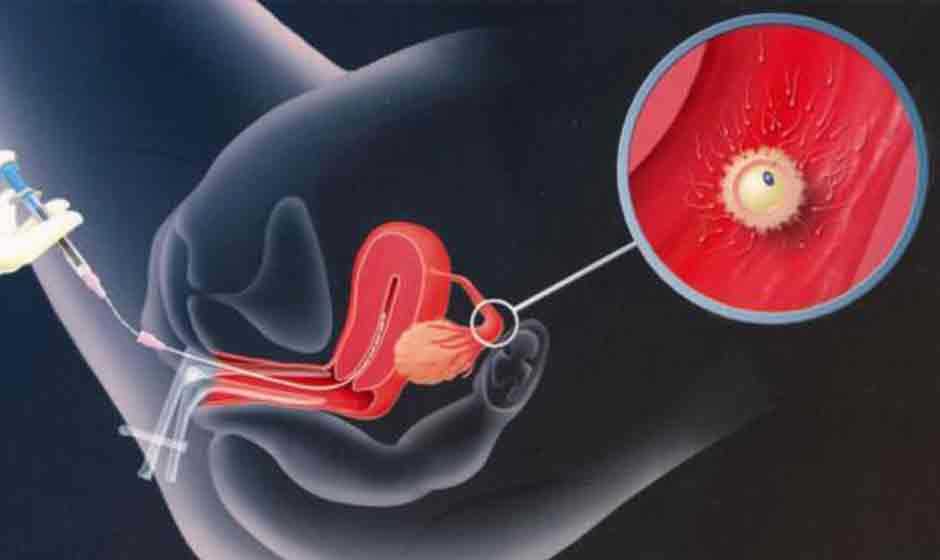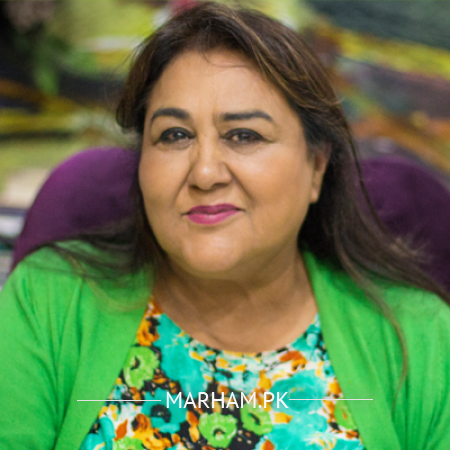In vitro fertilization (IVF) is the most common and most effective type of assisted reproductive technology (ART) to help impregnate women. This test tube baby technique was developed more than 30 years ago as a treatment for women with damaged fallopian tubes.
IVF-The procedure:
The technique may differ according to different hospitals and clinics. However, the following steps are taken usually:
Step 1:
The first step is to suppress women’s natural menstrual cycle by giving them a drug, which generally is in the form of a daily injection for about two weeks.
Step 2:
The second step requires fertility drugs containing fertility hormone FSH (follicle stimulating hormone), to be administered to a woman. The function of FSH is to make the ovaries produce more eggs than normal.
Step 3:
The third step involves the collection of eggs through a minor surgical procedure known as ‘follicular aspiration’. In this procedure, a thin needle which is connected to a suction device is inserted through the vagina into the ovary, which sucks the egg out. The process is repeated for each ovary.
Must Read: 5 Best Gynecologists in Lahore
Step 4:
In the fourth step, artificial insemination and fertilization are carried out. In this step, the eggs collected are placed together with male sperm and kept in an environmentally controlled chamber. The sperm eventually enters the egg after a few hours or sometimes the sperm is directly injected into the egg.
Furthermore, the fertilized egg divides and becomes an embryo, by this time either one or two of the best embryos are selected for transfer and women is given progesterone or hCG (chorionic gonadotrophin) to help the lining of the womb receive the embryo.
Step 5:
The last step is to transfer the embryo where sometimes more than one embryo is placed in the womb. The transfer is done via a catheter which goes up the vagina and into the womb, successfully transferring the embryo. When the embryo sticks to the lining of the womb healthy embryo growth begin.
Success rate and side effects:
Although the success rates of IVF decline once the patients reach the age of 35, before that, IVF pregnancy rates are said to be 40-50% per cycle. However, one of the most widely reported side effect associated with IVF is multiple pregnancies. There is also a very small risk that some women will overreact to the hormone drugs used to stimulate the ovaries, where women may experience nausea, difficulty breathing, vomiting, irritability, difficulty in sleeping, abdominal pain hot flushes, and enlargement of ovaries, etc. However, ultrasound and hormone monitoring during this drug treatment phase usually ensure that any overreaction is foreseen and any risk may be avoided. Egg collection can be uncomfortable and is often performed with local anesthesia.
Read More: 8 Side Effects Related to IVF
Each individual is different and so are their responses towards different drugs and procedures. Therefore, it is not necessary that every woman going through this procedure may experience the same issues. A piece of advice from a medical practitioner is very important before going through such procedures and today the availability of best gynecologist in Lahore, Karachi, Islamabad and other cities of Pakistan is easily accessible.





